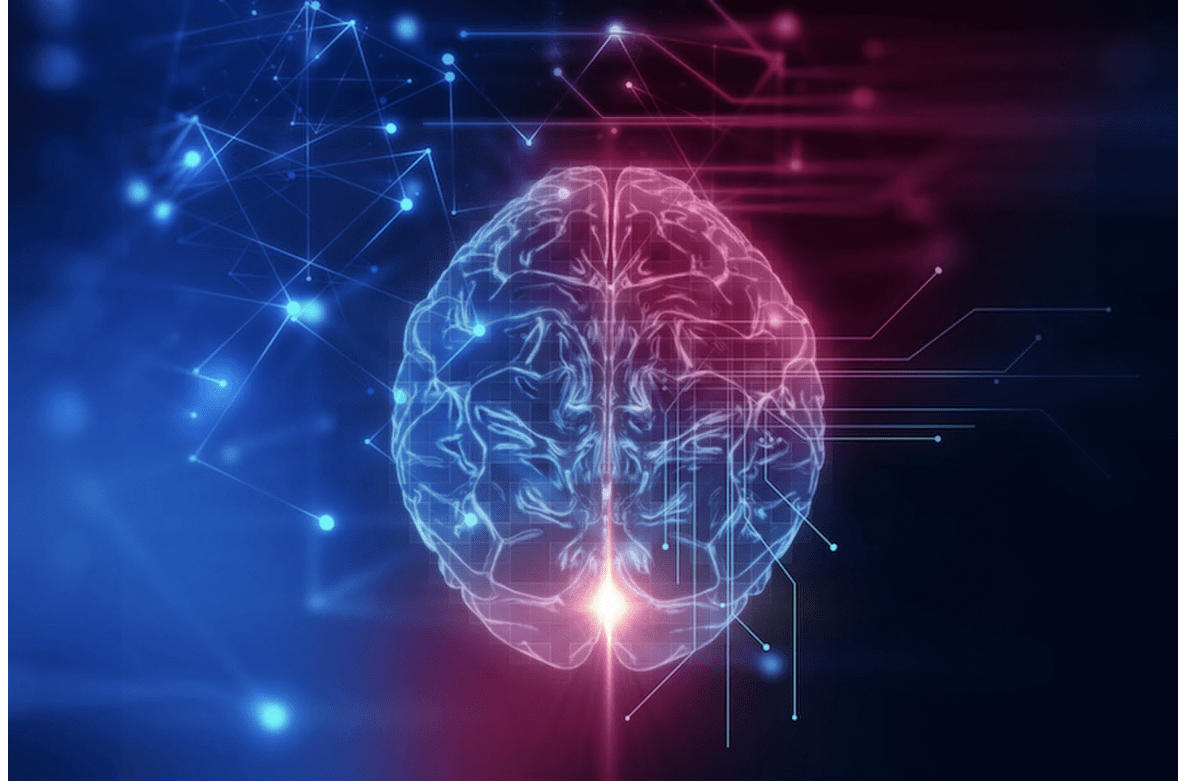By: Kisha Wilson
This year has brought an unprecedented amount of public access to data. From daily reporting on the statistics surrounding the COVID-19 crisis to the exposure of racism in technology, Americans have had a front-row seat to the very worst side of technology. In the final months of an election year, Americans are about to be bombarded by statistics and models that will attempt to predict the outcome of the 2020 presidential election. Despite the excitement surrounding recent early voting, the vote counting has been underway since at least 2010 when the last U.S. Census was conducted. Not only will voters have to contend with the unprecedented voting challenges posed by the ongoing COVID-19 pandemic, but they will also battle with the data and technology that was used to gerrymander the voter maps.
Gerrymandering is not a new practice. The origins are as old as redistricting itself. However, innovations in technology, such as predictive artificial intelligence, have propelled the political mapmaking industry and turned political consultants into technological card counters at the election table. Gerrymandering has become an insidious and pervasive problem across the country, even making its way into the mainstream media channel of late-night television.
However, the game is changing. Advancements in technology have effectively “upgraded” the way partisan mapmakers can cut and draw the district lines to their political advantage. Data analysts and data scientists are hard at work creating analyses and models that benefit partisan groups. As partisanship has pushed strategists into a “technological arms race,” the average American voter is left to fight unfair district maps without the help or protection of the Supreme Court. Last year, the Supreme Court told voters it will not protect their constitutional rights from partisan gerrymandering. This decision will undoubtedly have serious implications for the 2020 presidential election along with the redistricting that will take place in 2021 following the 2020 U.S. Census.
In 2019, voters in North Carolina and Maryland filed lawsuits in federal district court alleging that unfair partisan gerrymandering violated their constitutionally protected freedom of assembly, equal protection, and the right to free and fair elections. In both cases, the district courts ruled in favor of the voters and the defendants appealed to the Supreme Court. In Rucho v. Common Cause, the Supreme Court held that while gerrymandering is “incompatible with democratic principles,” the subject of partisan gerrymandering is not justiciable. This decision effectively left voters to their own devices. In the dissent, Justice Kagan recognized that the egregious gerrymandering represented in the case had the potential to “irreparably damage our system of government.” The Supreme Court’s failure to protect the voters has propelled innovators to fight fire with fire by adapting artificial intelligence to help redraw district voting lines and to analyze and evaluate the fairness of existing district maps.
As technology advances, it becomes more accessible and less expensive. This democratization of technology allows for more people to gain access to the same technologies that were used to draw the unfair partisan district maps in their communities. This transparency allows citizens and other non-governmental organizations to combat gerrymandering by using the technology to analyze the maps that their districts are drawing. Proponents of using technology to combat gerrymandering argue that artificial intelligence can step in to reduce and eliminate the bias and foul play that plague human mapmakers. By removing the partisan division from the algorithm and correcting for existing bias, artificial intelligence offers fairer redistricting with the ability to “randomize the map.”
However, experts warn that the weaknesses in artificial intelligence need to be carefully considered. Artificial intelligence is trained by data and will be influenced by the biases in the data employed. Bias in the system could lead to unfair results which would erode public trust in allowing artificial intelligence to play a more prominent role in selecting the districts. The algorithms can already be difficult for the average voter to understand, therefore making it harder for voters to hold the creators of algorithms accountable. With recent data breaches, hacks, and external threats to the election process, the public’s trust in artificial intelligence might be a hard sell for voters. Without the support of the Supreme Court, the spread of artificial intelligence in combating gerrymandering has been accelerated with some systems already using the technology to check their maps.
What does this mean for the 2020 presidential election? Unfortunately, very little. The lines have mostly been drawn for the upcoming election. While voters can speak with their votes to try to get corrupt officials out of office, opponents of partisan gerrymandering should set their sights on 2021 when the next cycle of redistricting will take place. Even now, as the results of the U.S. Census are being compiled, the increased use of technological innovation may be the best chance of an antidote for the next poisonous partisan gerrymandering cycle.
Student Bio: Kisha Wilson is a third-year evening law student at Suffolk University Law School. She is a staffer on the Journal of High Technology Law and a Legal Innovation & Technology (LIT) Fellow in the LIT Lab at Suffolk University Law School. Kisha received a Bachelor of Arts in International Relations from Boston University.
Disclaimer: The views expressed in this blog are the views of the author alone and do not represent the views of JHTL or Suffolk University Law School.

